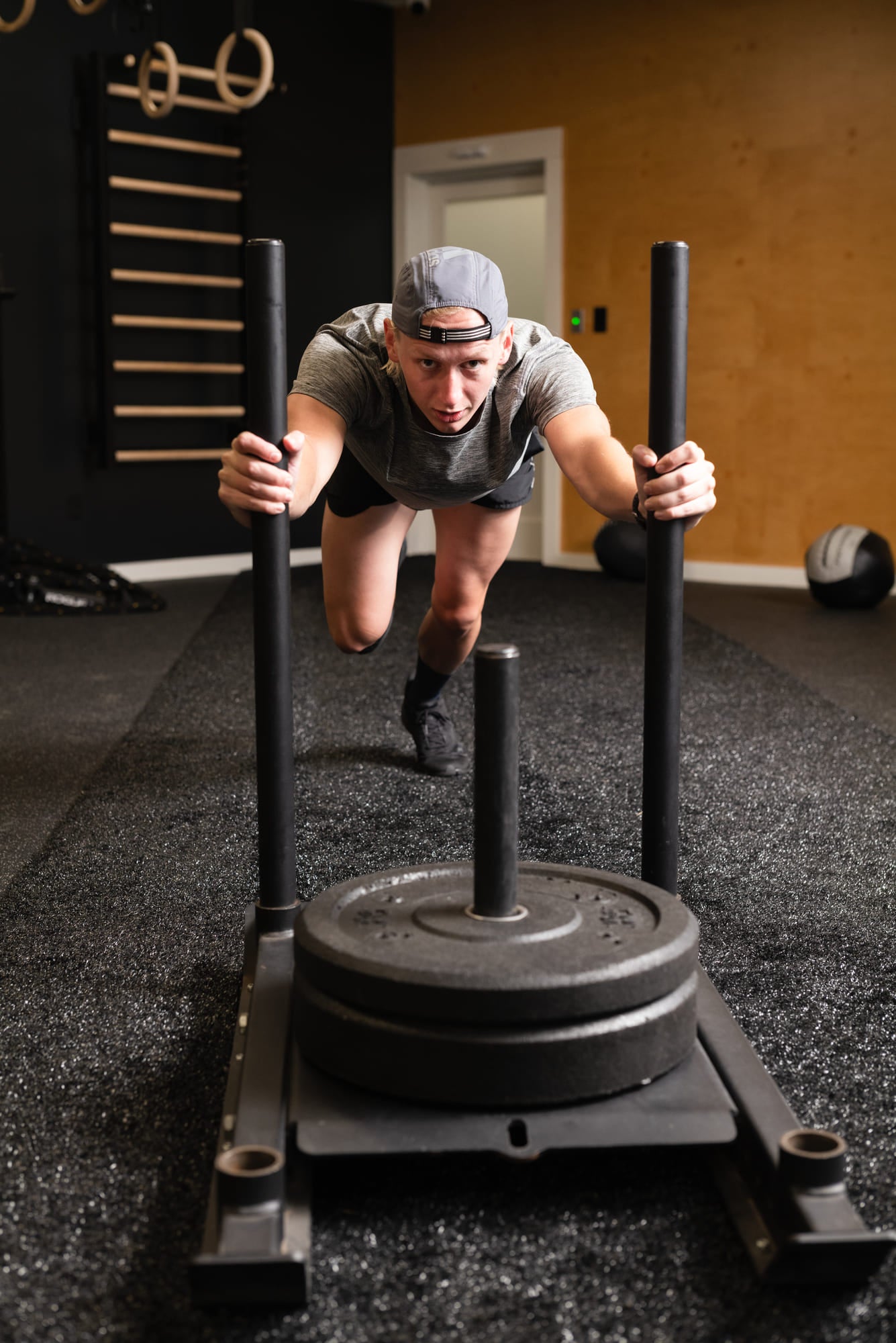Plantar Fasciitis is an inflammatory condition of the plantar fascia, the connective tissue located within the soles of the feet. Typically, the cause of this painful response is due to a prior injury to the foot, ankle or lower leg, or due to long-term biomechanical dysfunction often as a result of our footwear choices and physical activity, and it can present on one side or bilaterally. The feet support the entire weight of the body and should be given thoughtful consideration when choosing footwear. Wearing very flat or ill-supportive shoes, wearing high heels frequently and standing on very hard surfaces for long periods of time tend to be the biggest culprits in the development of common chronic foot issues like bunions, fallen arches and Achilles tendinitis. These conditions often occur alongside plantar fasciitis, contribute to the development of it and/or complicate the prognosis of the condition.
As the joints and connective tissue lose their integrity from various stressors, the joints shift and the fascia and tendons of the plantar flexor and dorsiflexor muscles become stretched to tension as a result. In severe cases, the origin of the fascia, which is attached to the heel, can calcify and form a painful bone spur as well as the insertion point at the ball of the foot. Once plantar fasciitis advances to this stage, walking is extremely painful, interfering significantly with daily life.
Fortunately, this is a preventable and treatable condition using straightforward, non-invasive methods. Over time using a series of specific treatments, including chiropractic adjustments, specific myofascial release techniques and home rehabilitation protocols, drastic soft tissue and osseous changes can be made with significantly positive results. Not surprisingly, as proper biomechanics and functional mobility are restored to the feet, the inflammatory response of the connective tissue lessens and healing begins simultaneously. Consistent combination therapy can absolutely turn this condition around for the vast majority of people, and the sooner it is addressed, the better the lasting results will be so that you can get back to enjoying what you love.




